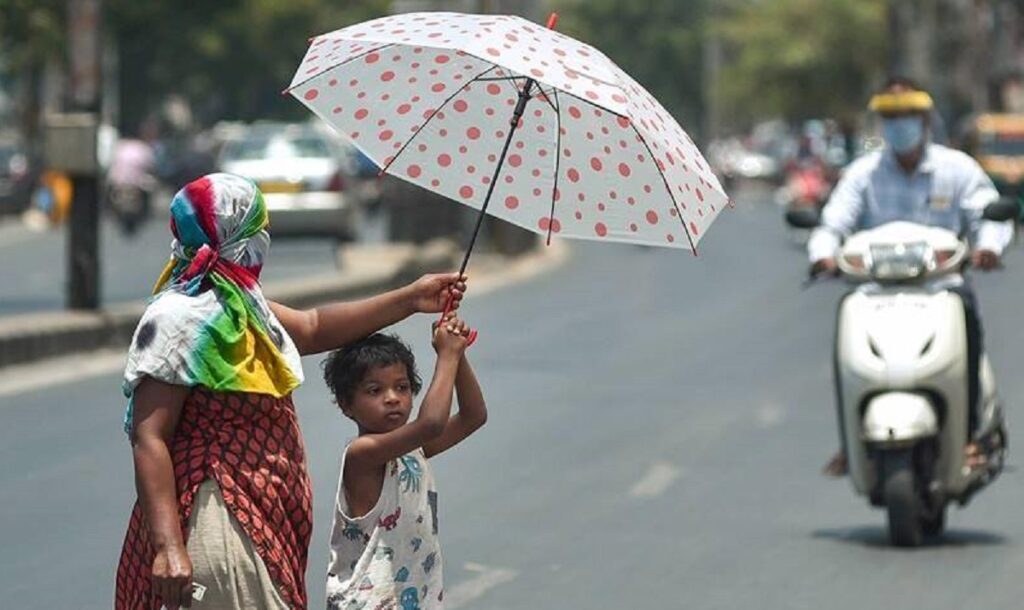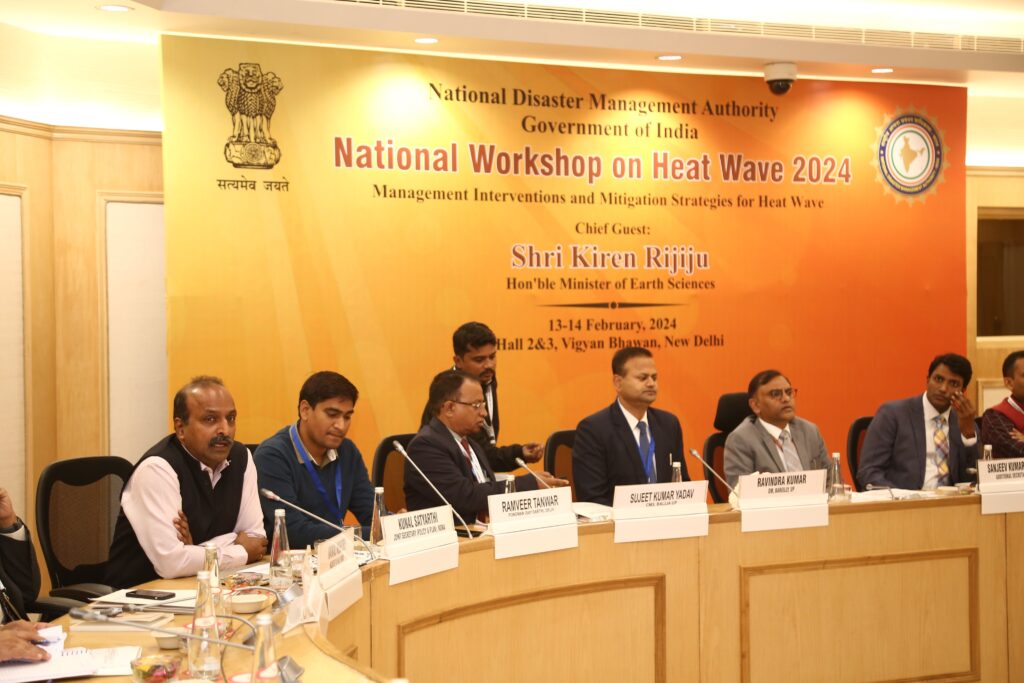Confronting India’s Growing Heat Challenges
Mr Rohit Magotra, Deputy Director of Integrated Research & Action for Development (IRADe), discusses the critical challenges posed by India’s intensifying heatwaves.
2023 was the second hottest year recorded in over a century in India. What are the factors driving temperature increase and extreme heat incidents?
The decade of 2014–2023 was the hottest decade ever recorded globally, with 2023 being the warmest year both worldwide and in India. It is evident that climate change is contributing to the duration, frequency, and intensity of heat waves.
India is the most vulnerable to the impact of heat waves in Asia, with extreme temperatures affecting more people than ever.
There are several factors contributing to rising temperatures, humidity, and associated heat stress. A few significant ones are:
- Climate change induced by global warming is one of the most significant factors in the rise in extreme temperatures and heat wave events. The cumulative carbon emissions emanating from the burning of fossil fuels are increasing at an alarming rate, contributing significantly to global warming. Since 1880, annual average global temperatures have risen by +1.0 C over the last 150 years and are close to the tipping point of 1.5 C.
- 2023 was an El Niño year, and El Niño years are comparatively warmer and set new temperature records.
- India is urbanizing fast, and the rising demand for urban infrastructure has increased temperatures in urban areas, which are comparatively 1–6 C higher than in peri-urban areas. These areas are known as Urban Heat Islands (UHI). This UHI phenomenon in cities is attributed to the surge of buildings, roads, and built infrastructure which retain heat for longer periods. In addition, heat exhaust from air conditioning and transport also leads to a rise in local area temperatures. The change in land cover due to deforestation, loss of tree cover, and loss of water bodies add to record heat stress and its negative impacts on humans and the ecosystems.

To what extent have the National Disaster Management Authority (NDMA) 2019 “Guidelines on the Prevention and Management of Heat Waves” in India been implemented? What more can be done? How can state governments enhance cooperation with the union government in heat mitigation?
NDMA framed the guidelines for heatwave management in 2016 and has engaged proactively with states and districts on adopting the same for preparing heat action plans at the state and district levels. NDMA also organizes annual national workshops on heat wave management bringing together government representatives, stakeholders, and experts from cities to share best practices and knowledge to strengthen heat wave management at national, state, district, and city levels. It also facilitates the preparation of state heat action plans (HAPs). This has led to the development of HAPs by 23 states and 100 plus districts and cities in the country.

There is a need for states to allocate budgets for heat mitigation and planning.
There is a need to plan and invest in heat-resilient infrastructure and capacity building, and for clear-cut budget allocation for cities and districts to implement HAPs targeted towards vulnerable communities.
There is also a need for investment in early warning infrastructure to improve heat forecasts and the dissemination of impact-based heat early warning to the last mile.
Since their introduction in 2013, 23 states in the country now have HAPs. How would you assess the success of these plans and their implementation? What are the current gaps and limitations of HAPs?
India has shown remarkable global leadership in early action on heat wave management. While there is an increase in heat wave events and the states affected by heat waves, as per records of NDMA, heat-related mortality has reduced considerably. IRADe reviewed existing HAPs in 2019 and observed that most HAPS are not climate-adaptive and don’t focus on the differential vulnerabilities of women and other such groups. HAPs need to be climate adaptive, contextualized to localized socio-economic patterns, demarcating thermal hotspots, thermal index, and temperature thresholds, along with the expansion of its scope to include mitigation measures. Capturing learnings from well-designed plans, working within a regional socio-economic context, and differentiating between rural and urban strategies are vital to putting in place a comprehensive HAP strategy to tackle heat-related morbidity and mortality.
Aside from HAPs, what other mechanisms can governments use in their heat mitigation efforts and strategies?
To manage heat wave risks effectively, governments should integrate heat resilience into development plans, allocate funds, and invest in relevant infrastructure.
Sector-specific measures include ensuring access to drinking water, establishing cooling centers, and adjusting work and school schedules. Emergency services should be enhanced through training and public health campaigns. Identifying and addressing hot spots, providing timely early warnings, and using various media for awareness are crucial. Long-term strategies involve developing green infrastructure, updating building codes, and promoting energy-efficient practices. These combined efforts will enhance resilience, protect vulnerable populations, and improve public health during heat waves.
